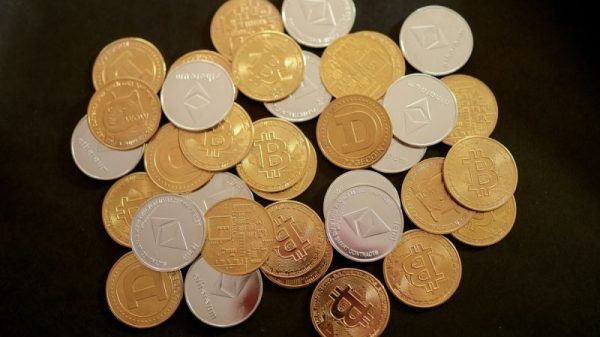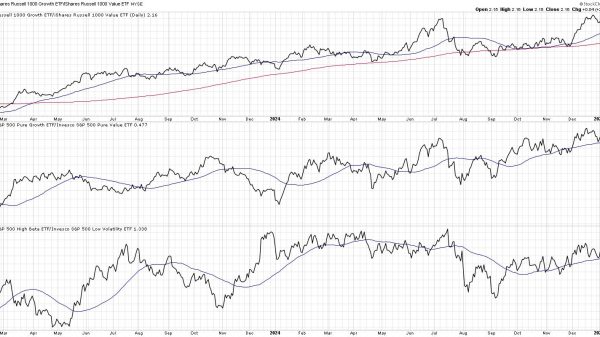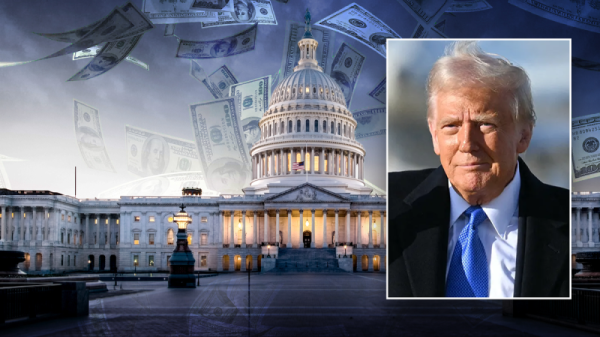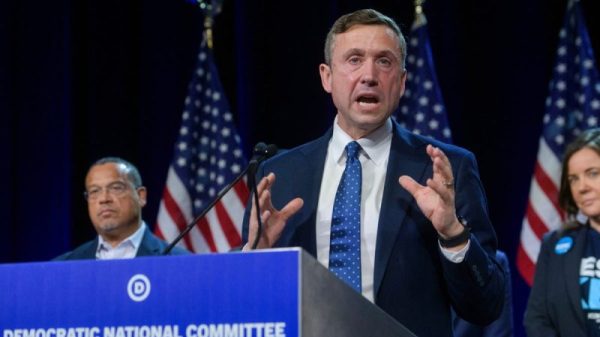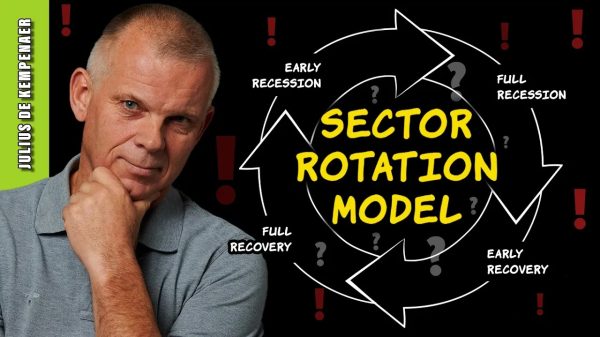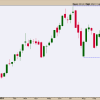Price growth was moderate in August, the Bureau of Labor Statistics reports. The Consumer Price Index (CPI) rose 0.2 percent last month and 2.5 percent over the past year. On a continuously compounded basis, prices grew at an annualized rate of 2.24 percent in August. Core CPI, which excludes volatile food and energy prices, grew slightly faster at 0.3 percent per month and 3.2 percent per year. The continuously compounded annual rate was 3.37 percent in August.
Inflation rose slightly over the past two months, but not by enough to undermine the general disinflationary trend. Dollar depreciation is back within a steady range. The Federal Open Market Committee (FOMC) will likely infer from this data that it’s time to loosen monetary policy.
Current monetary policy remains tight. Both interest rates and money supply data tell us that it’s appropriate for the Fed to ease up. Because monetary policy usually works with a lag, if the Fed waits until inflation falls all the way to 2-percent before loosening, it may sow the seeds for an unnecessary downturn. The time to adjust policy is now.
Let’s start with interest rates. The federal funds rate target range is 5.25 to 5.50 percent. Adjusting for inflation using the prior month’s continuously compounded annual rate, we get a real interest rate range of 3.01 to 3.26 percent. As always, we need to compare this to the hypothetical interest rate that brings supply and demand in capital markets into balance. Economists call this the natural (or neutral) rate of interest.
We can’t observe the natural rate directly. But we can estimate it based on economic fundamentals. One popular set of models from the New York Fed put it somewhere between 0.74 and 1.22 percent in Q2:2024. Actual market interest rates are significantly above the natural rates. In fact, they’re between two and three times as high. This strongly suggests monetary policy is restrictive.
Monetary data tell a similar story. The M2 monetary aggregate, which is the most commonly cited measure of the money supply, is 1.7 percent higher today than a year ago. Broader aggregates, which weight money supply components based on liquidity, are up 1.10 to 1.80 percent on the year. But money growth by itself doesn’t imply loose money.
It’s normal for the money supply to grow when the economy (GDP) and population are growing. In fact, to keep monetary policy on track, the money supply should grow at about the rate of economic and population growth summed together, which would keep cash balances per person roughly equal.
Real GDP grew at an annualized rate of 3.15 percent in Q2:2024. In 2023, the most recent year we have data, the US population grew 0.5 percent. Hence it would be appropriate for the money supply to grow around 3.65 percent. Actual money growth is much slower. In other words, the conclusion one should draw from the monetary data is the same as that from interest rate data: policy is too restrictive.
Unfortunately, the shadow of the presidential election hangs over Fed decision-making. If they loosen, Team Trump will throw a fit. If they don’t, Team Harris will. That’s just how it goes. The Fed should ignore the political noise and follow the data. Central bankers failed to curb inflation, but that doesn’t mean they should deliberately make the opposite mistake now. The economy is signaling it’s ready for looser money. Let’s hope the FOMC delivers.




